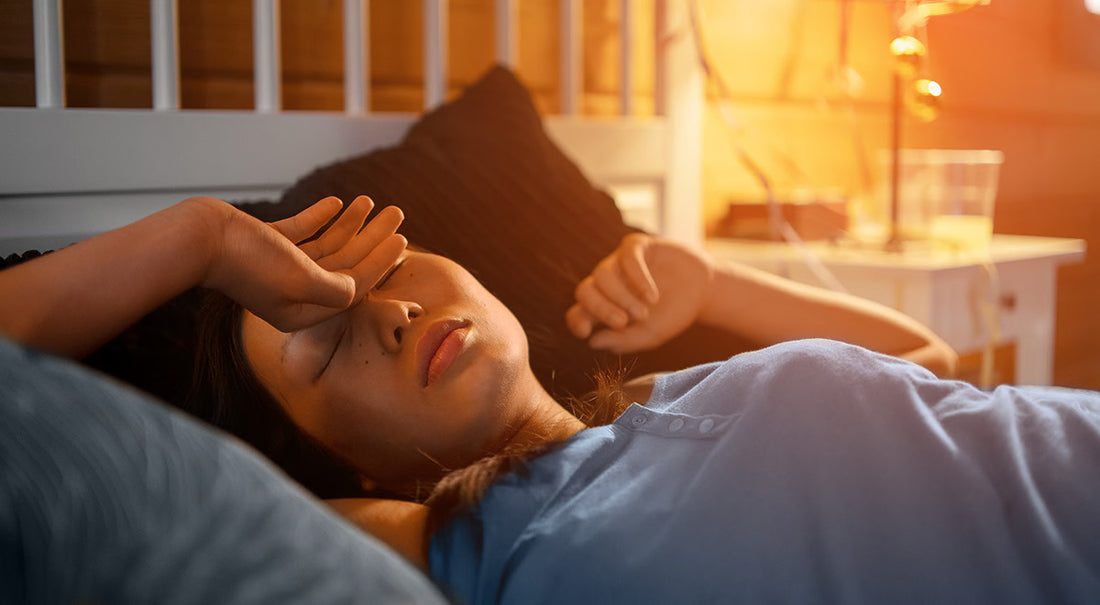
How LED Lights Influence Melatonin Production for Better Sleep
Share
Understanding the Role of Light Spectrum
In today's market inundated with various lighting options, choosing the best LED light for sleep can significantly influence your overall well-being. Harth, a leading brand in innovative lighting solutions, prioritizes understanding the intricate relationship between light spectrum and its effects on melatonin production.
Harth's commitment to research and development has led to the creation of LED lights tailored specifically to promote optimal sleep. By carefully selecting wavelengths that mimic natural daylight while minimizing disruptive blue light, Harth ensures that their LED bulbs promote healthy circadian rhythms.
When considering the best night light for sleep, Harth's LED options stand out for their ability to provide gentle illumination without compromising melatonin levels. By incorporating warm hues and dimmable features, these night lights create a soothing environment conducive to relaxation and restorative sleep.
Studies have shown that exposure to blue light, particularly in the evening, can suppress melatonin production, making it harder to fall asleep and achieve restful slumber. Harth's LED lights address this concern by emitting minimal blue light, allowing the body to maintain its natural circadian rhythm and promoting the production of melatonin, the hormone essential for sleep regulation.
Whether it's in the bedroom, nursery, or any other space where sleep is paramount, Harth's LED lights offer a solution tailored to support healthy sleep habits. By understanding the impact of light spectrum on melatonin production, Harth ensures that their lighting products not only illuminate spaces but also contribute to overall well-being and quality of sleep.
Setting the Right Environment

Creating a sleep-friendly environment goes beyond just selecting the right mattress and pillows; it also involves optimizing lighting conditions. LED lighting strategies, particularly those implemented by brands like Harth, play a crucial role in fostering an atmosphere that supports natural melatonin regulation and promotes restorative sleep.
Numerous studies have emphasized the importance of light exposure in regulating circadian rhythms and melatonin secretion. Research conducted by the National Sleep Foundation (NSF) highlights how exposure to bright light during the day and minimal light at night helps synchronize the body's internal clock and enhance sleep quality. Another study published in the Journal of Clinical Endocrinology & Metabolism underscores the significance of light exposure in influencing melatonin levels, particularly in individuals with sleep disorders.
By integrating dimmable LED lighting solutions into living spaces, individuals can tailor their light exposure according to their circadian rhythm. Harth's LED products, designed with customizable brightness and color temperature settings, allow users to create personalized lighting environments conducive to relaxation and sleep.
Moreover, incorporating smart lighting systems that mimic natural daylight patterns can further enhance the sleep-friendly environment. Research from the Sleep Research Society demonstrates how dynamic lighting systems, which adjust light intensity and color temperature throughout the day, can positively impact sleep parameters and overall well-being.
Harnessing Technology for Circadian Rhythms
In today's digital age, smart lighting systems offer innovative solutions for aligning light exposure with the body's natural rhythms. Brands like Harth integrate advanced LED technology into their lighting products, enabling users to customize light intensity and color temperature throughout the day. By synchronizing lighting with the natural progression of daylight, these systems support the regulation of circadian rhythms, promoting better sleep patterns and overall well-being.
Practical Tips for Optimal Sleep
To optimize sleep quality, incorporating LED lighting into daily routines is essential. Harth recommends establishing a consistent sleep schedule and minimizing exposure to blue light, especially before bedtime. Dimming lights in the evening and utilizing warm hues can signal to the body that it's time to unwind. Additionally, creating a comfortable sleep environment free from distractions enhances relaxation and promotes restful sleep. By implementing these practical tips and habits, individuals can maximize the benefits of LED lighting for melatonin production and overall sleep health.
Final Thoughts
The intricate relationship between LED lighting, melatonin production, and sleep quality is essential for creating environments conducive to restorative rest. Brands like Harth have pioneered innovative LED technologies and smart lighting systems designed to support natural circadian rhythms and promote optimal sleep patterns. By leveraging customizable features and minimizing blue light exposure, individuals can synchronize their light exposure with their body's internal clock, enhancing melatonin production and improving overall sleep quality. Incorporating practical tips such as establishing consistent sleep schedules and creating comfortable sleep environments further amplifies the benefits of LED lighting for sleep health. As we continue to prioritize holistic well-being, recognizing the impact of lighting on our sleep-wake cycles becomes increasingly imperative. With the right knowledge and implementation of LED lighting strategies, individuals can take proactive steps towards achieving better sleep and ultimately, a healthier lifestyle.
